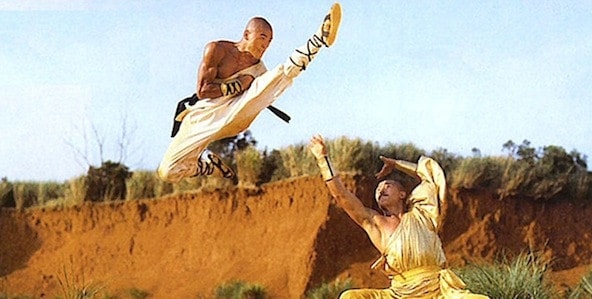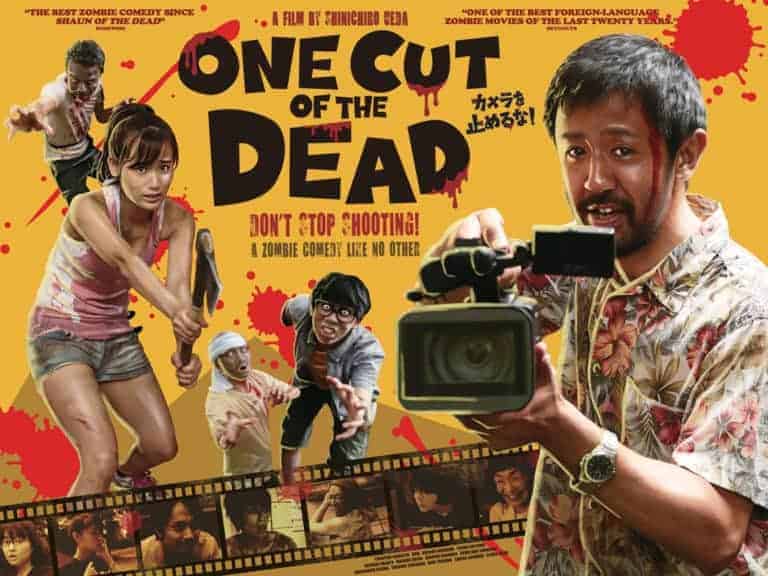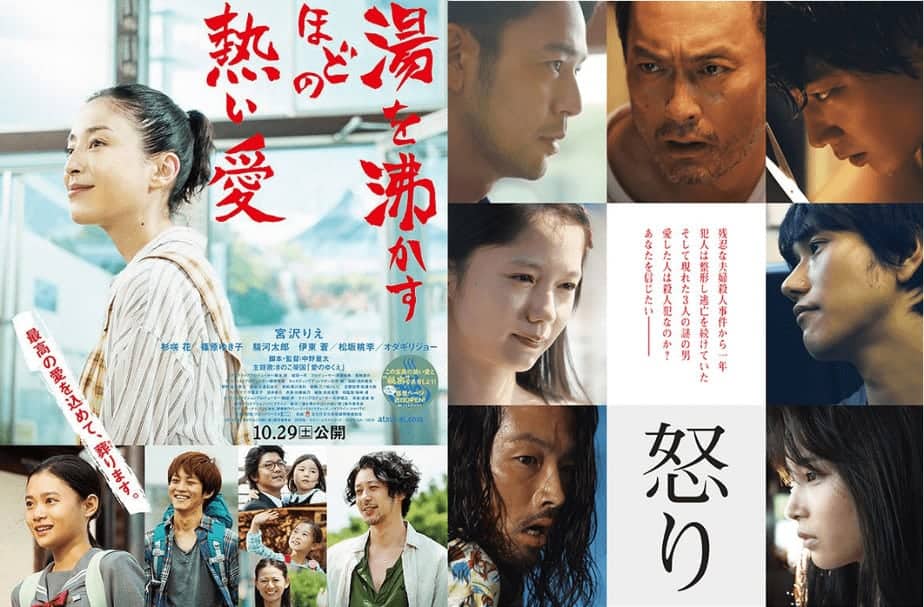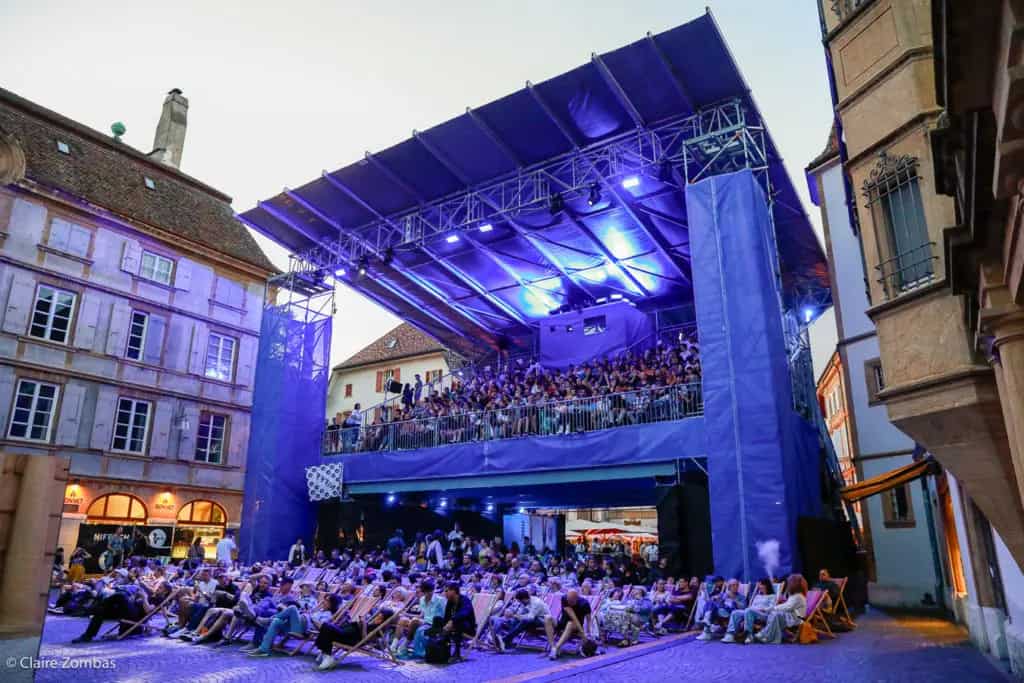IKEDA Akira (1976, Tokyo, Japan) began to make his own short films while studying English literature at Bunkyo University. After being involved in various fields such as theatre, music, and dance, he directed his first feature-length film “The Blue Monkey” in 2006. “Anatomy of a Paper Clip” (2013), his second feature.won the Tiger Award at IFFR. “Ambiguous Places” is his third feature.
On the occasion of “Ambiguous Places” screening at International Film Festival Rotterdam, we speak with him about his career, the movie and its strangeness, Japanese cinema and his future projects.
“Ambiguous Places” screened at International Film Festival Rotterdam

Why did you decide to become a filmmaker and where do you draw inspiration from, for your films? What about Ambiguous Places?
Since I was a child, I wanted to create something. I think any genre or method was good for me, literature, music or art. I think film is my favorite and easiest to create. When I make a film, I always start with my imagination. I add my ideas and social elements to my imagination to make a film. For “Ambiguous Places, “ I was inspired by my dreams.
“Anatomy of a Paper Clip” won the Tiger Award in Rotterdam. How did this achievement helped you in your career?
After winning the Tiger Award, a lot of people were interested in my films and watched them. Because of that, I think that I could make my new film, “Ambiguous Places”.
“Ambiguous Places” is a truly weird film, in almost all of its aspects, including the episodic style, the script and the acting. Why did you choose this approach, and not a more conventional one?
A dream is a source of ideas. I think dreams are always strange. So the way to make this film became strange.

How did you came up with all these episodes and concepts? Are there any kind of allegories or social comments hiding behind them?
The first step of this film was collecting mine and other people's dreams. Dreams may be very personal, but also people see similar dreams. I think that the audience finds sympathy and finds the meaning of each.
How did you guided your protagonists for this unusual style of acting? Was it difficult for them? And how did they react in the scenes that include beating?
Half of the actors were in “Anatomy of a Paper Clip”, so they were already used to my way and there was no problem.
I also spend a lot of time with the actors for rehearsals and meetings before shooting, so when I started shooting, their acting was very smooth. They accepted all aspects of my direction during the shooting. It was a strange direction, but they understand that they are strange movies.
How was the casting process like for the film?
I have not auditioned this time. I asked the actors I knew. The appearance and the atmosphere was important to this movie.
Tell us a bit about the location the film was shot. It seems kind of dystopian.
The locations were away from Tokyo. The landscape of such old buildings may be very Japanese.
I like such landscapes, but in reality, such settings are becoming extinct. So it is not contemporary Japanese.
It was a lot of fun to find such a place.

Why did you decide to do your own editing, and how difficult is it “correcting” your own self?
I have always edited my films by myself. I like editing, so there was nothing particularly hard about it
If I decide to edit with another editor in the future, I may feel uncomfortable for that reason.
I found Yokoe Tomoko's production design impressive. Can you tell us a bit about your collaboration with her?
Actually, Tomoko Yokoe is originally an actress. She has appeared as one of the dancers in this film. She is also excellent in art and monster making. She did a variety of works, and it was great that her way of thinking was so free.
The scene with the shadows on the wall is the most visually impressive one in the film. Can you tell us a bit more about it?
Shadow is reality, but I think it is fantastic. Sometimes it creates unexpected shapes. I feel that it is very effective for dream movies.
What is your opinion about the current Japanese cinema?
I think that Japanese films are not in a bad situation when we talk about box offices. But this has nothing to do with my films. I think it is possible to make more different kinds of films that are challenging in various ways.

Which are your favorite filmmakers / films?
A lot. I have too many favorite films, so it's hard to choose. Recently, I saw one film in Rotterdam. It is a film by Jan Svankmajer. I like his films very much.
Can you tell us a bit about your future projects?
Actually, I finished making a 30-minute short film recently. This time it was a short story, but I shot it with 35 mm film. It is a luxury thing in Japan nowadays. This film was made very simply. It's a story of humans and monsters.















